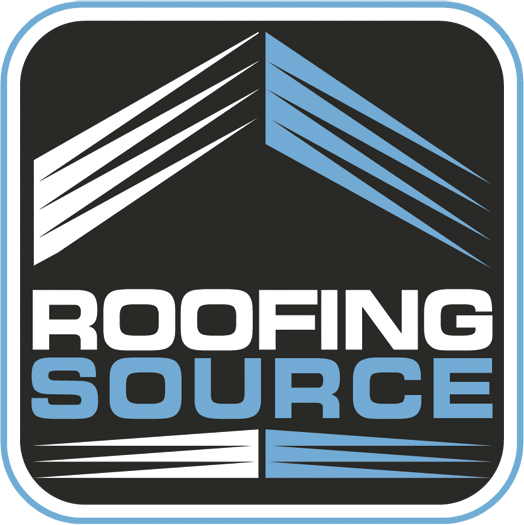Learn about the various types of rooftop fires, how they start and most importantly how you can prevent them from happening at your restaurant. Understand what are required rooftop inspections, how to protect your investment of valuable rooftop assets all while keeping a safe environment for your guests and staff.
Rooftop fires derive from mishandled grease, ignored rooftop units HVAC/R, faulty electrical wiring and several other not as common reasons. This article is to equip you with actionable suggestions to ensure you take necessary measures to prevent a rooftop fire.
Grease Fires
Not all restaurants are the same. Restaurants that are cooking beef (e.g. McDonald’s, Burger King, Five Guys) are at the highest risk of grease fires on the roof due to the volume and type of grease produced. Fats, oils and greases (FOGs) are released from cooking equipment and collected by your kitchen’s ventilation system. As these substances cool, they coagulate and build up on your kitchen’s hood system and its associated ductwork. Eventually, the build up will reach the rooftop by means of the exhaust fan connected to that ductwork, begin to leak onto the roof, and damage the roof membrane. 90% of our grease removal and grease damage repairs to the respective roof membranes are on these restaurants. FOGs are a fire concern for kitchen operations, which the precautions listed below call attention to.
How to Prevent a Grease Fire
Schedule to have your kitchen exhaust system cleaned regularly by a professional cleaning service. Quarterly cleanings are considered best practice.
Address any and all deficiencies reported in regards to your kitchen exhaust system and its components, including the exhaust fan(s) on the rooftop, hood filters, and fire suppression systems.
Have a rooftop grease containment program in place to ensure FOGs are quickly removed from the rooftop, or prevented from ever reaching the rooftop in the first place. If you have grease already present, make sure to use a qualified contractor to remove it properly from your rooftop to not cause further damages.
Rooftop Unit Fires
There are dangers associated with your HVAC/R equipment. Having a professional HVAC/R Technician install, maintain, and service these units helps reduce the chances of breakdowns. More importantly, it reduces the chance of a HVAC/R related fire. Protect your customers, staff, and property.
How to Prevent a HVAC/R Unit-related Fire
Hire certified technicians to service your rooftop units quarterly. Having your unit serviced by untrained technicians can lead to personal injury and increase the chance of fire through bypasses and improper installation.
Follow all industry standards when installing a gas packaged HVAC system. Checking connections for gas leaks using the soap and bubbles method or an electronic leak detector will ensure everything is sealed tight. Even a small leak can cause your combustion chamber to fill up with gas, potentially causing an explosion during start up.
Install an internal smoke detector. These are in place to shut down the system and close dampers to prevent a fire from spreading.
Install a rollout switch. Bypassing this switch can lead to fire and carbon monoxide poisoning.
Inspect the heat exchanger for any damages. Cracks and abrasions can lead to carbon monoxide poisoning and also have the potential to start a fire. Heat exchangers are a sealed component and when compromised can cause a rollout with the potential to light nearby wiring and components.
Service components and test safeties regularly. Neglecting these components can cause them to overheat and catch fire.
Other Causes of Fires
Electrical fires, human error, and suboptimal security can contribute to rooftop fires. Below are safety protocols that can be put in place for both employees and contractors to help minimize the risk of fire.
How to Prevent a Other Fires
Repair damaged, exposed and frayed wires from conduits and junction boxes that are powering signage, lights and RTUs.
Lock access ladders and hatches. Only allow access to service vendors and management on the roof.
Have SOPs for service vendors and management to follow: i.e. no smoking on the roof, no gas powered equipment and no open flames without proper fire prevention.
Check camera and security systems are working to catch unauthorized personnel trespassing.
Following safety protocols, being cautious, and only trusting licensed professionals to handle rooftop duties is essential. Proactive maintenance is a great way to keep eyes on your rooftop and help keep risks of potential fire starters at bay.


